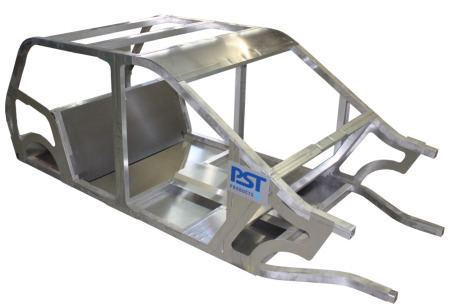 | ||
Magnetic pulse welding (MPW) is a solid state welding process that uses magnetic forces to weld two workpieces together. The welding mechanism is most similar to that of explosion welding. Magnetic pulse welding started in the early 1970s, when the automotive industry began to use solid state welding. The biggest advantage using magnetic pulse welding is that the formation of brittle intermetallic phases is avoided. Therefore, dissimilar metals can be welded, which cannot be joined by fusion welding. With magnetic pulse welding high quality welds in similar and dissimilar metals can be made in microseconds without the need for shielding gases or welding consumables.
Contents
Process
Magnetic pulse welding is based on a very short electromagnetic pulse (<100µs), which is obtained by a fast discharge of capacitors through low inductance switches into a coil. The pulsed current with a very high amplitude and frequency (500kA and 15 kHz) produces a high-density magnetic field, which creates an eddy current in one of the work pieces. Repulsive Lorentz forces are created and a high magnetic pressure well beyond the material yield strength causing acceleration and one of the work pieces impacts onto the other part with a collision velocity up to 500 m/s.
During magnetic pulse welding a high plastic deformation is developed along with high shear strain and oxide disruption thanks to the jet and high temperatures near the collision zone. This leads to solid state weld due to the microstructure refinement, dislocation cells, slip bends, micro twins and local recrystallization.
Principles
In order to get a strong weld, several conditions have to be reached:
The main difference between magnetic pulse welding and explosive welding is that the collision angle and the velocity are almost constant during the explosive welding process, while in magnetic pulse welding they continuously vary.
